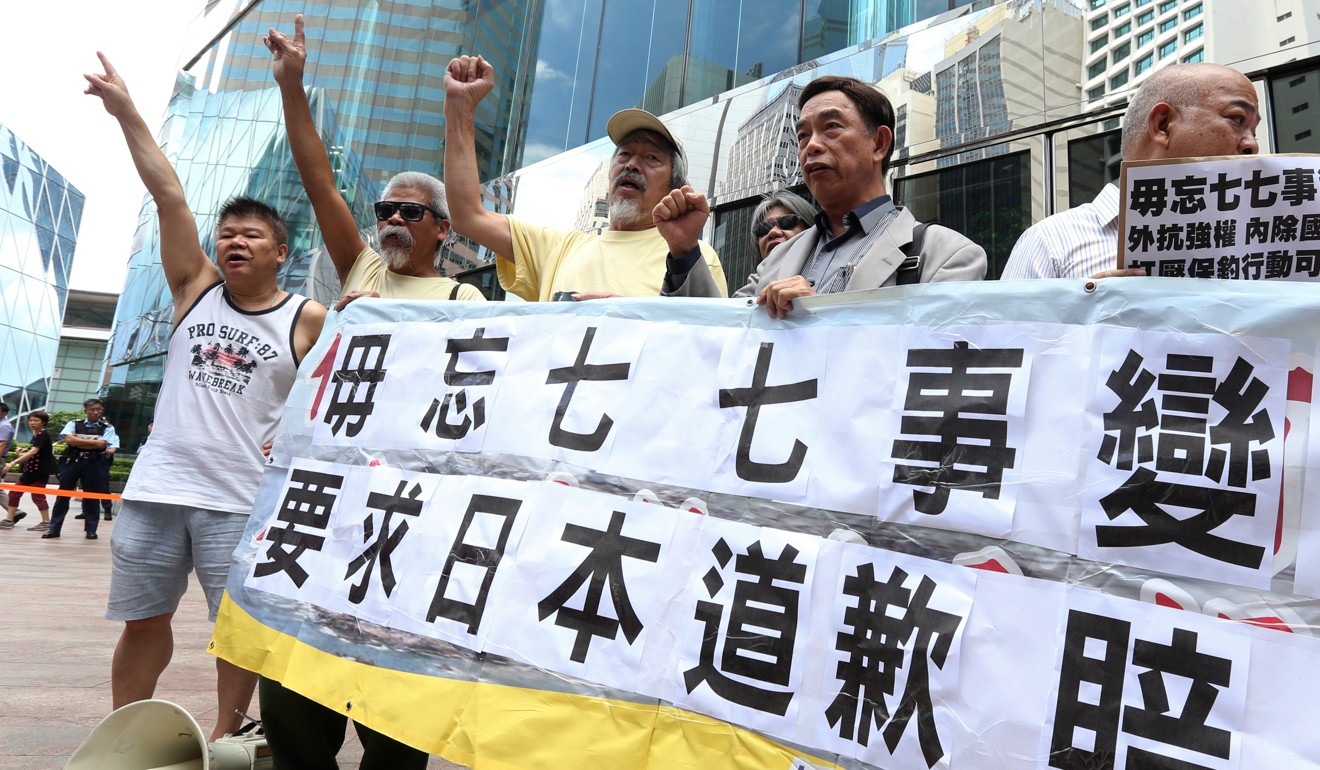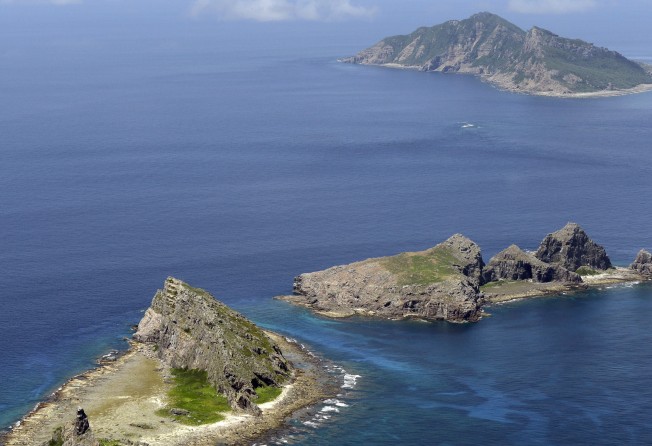
Why Japan must admit the Diaoyu/Senkaku Islands are disputed territory

Sugita Masahiko’s letter (“Japan has faced history”, April 30) could have been more substantive in facts and history. On the question of the Diaoyu/Senkaku Islands, Japan’s official position is that the islands belong to Japan as per history and international law, and that, being under Japan’s control, there is no issue of territorial sovereignty.
What Mr Sugita did not mention is China’s inchoate right to the islands for being the first to name them in the 15th century, as well as China’s actual control and use of the islands in the Ming dynasty as sentry points in its maritime defence system.
China ceded Taiwan and “all islands appertaining or belonging to [it]” to Japan in the 1895 Treaty of Shimonoseki. Towards the end of the second world war, both the Cairo Declaration and Potsdam Declaration and Agreement called for all lands Japan seized from China to be returned. The main island of Taiwan together with Penghu was handed over but not the Diaoyu group, which was put under the control of the US army in Okinawa.

In Article 3 of the San Francisco Treaty, Japan accepted the US proposal to apply to the UN for trusteeship of Nansei Shoto south of the 29th parallel (including the Ryukyu and Daito islands), Nanpo Shoto south of Sofu Gan (including Bonin Islands, Rosario Island and the Volcano Islands) and Parece Vela and Marcus Island.
While UN approval was pending, these islands were placed under US control. The Diaoyu Islands were not among the above-mentioned groups but were placed under US control nevertheless.
There appears to have been no application for trusteeship administration of these islands to the UN since 1951. In 1971, the US transferred the right of administration of these islands to Japan, but not their sovereignty.
The Japanese government did release a position statement on the islands on March 8, 1972. Beijing responded by pointing out that China had never recognised Japan’s transfer to the US of administration rights over the islands, challenging Japan’s version of history.
If Japan faces history, it should at least recognise that there are sovereignty issues over these islands.
K.L. Tam, Kowloon Bay